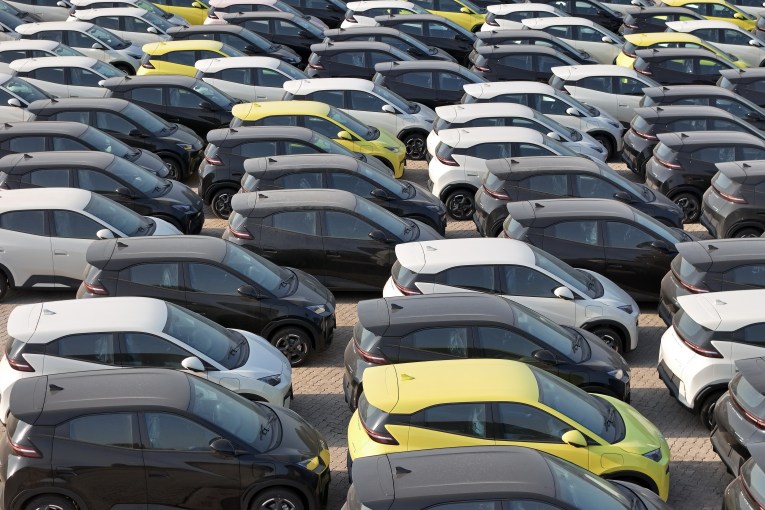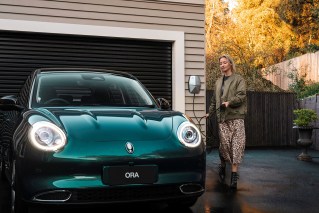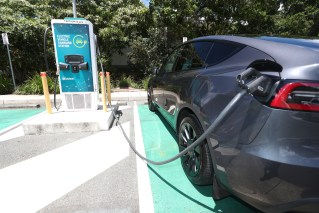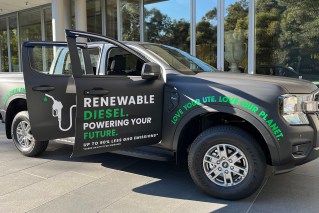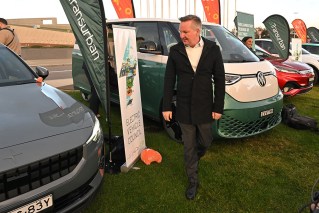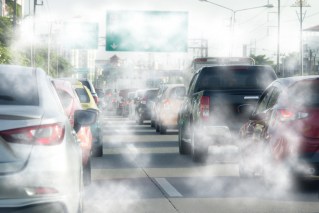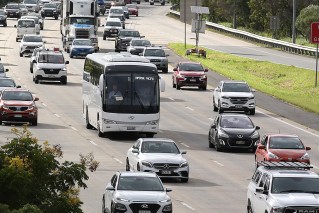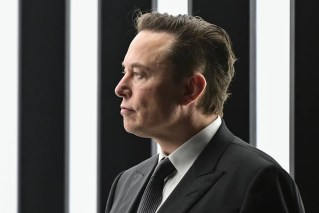Hydrogen cars: Australian fuel breakthrough could replace petrol
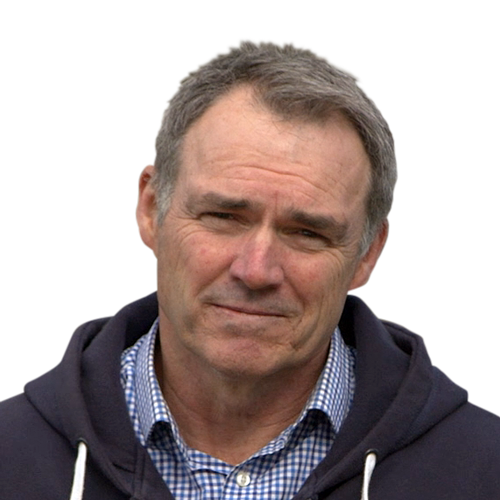
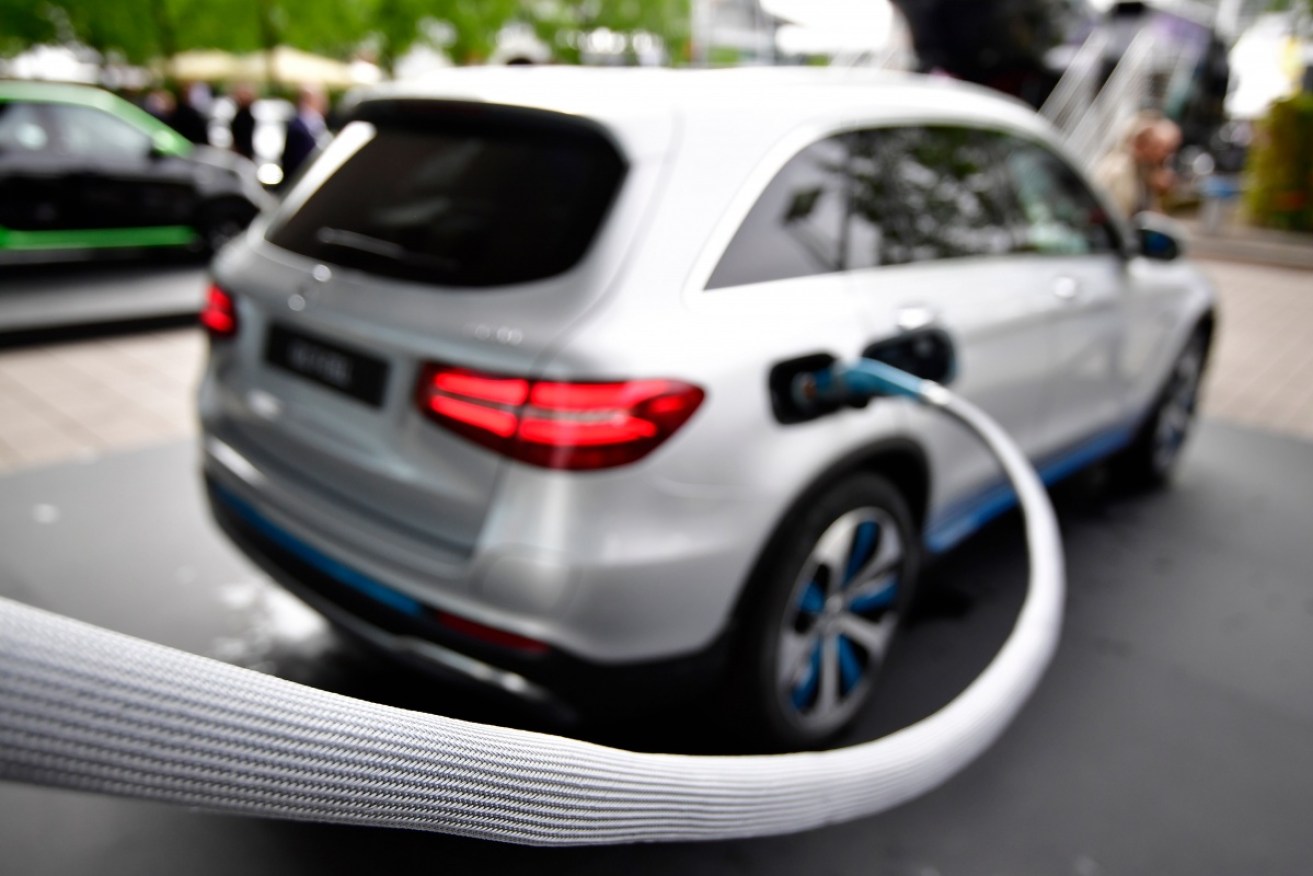
An SUV is refuelled qith hydrogen gas at the Frankfurt Auto Show. Photo: Getty
An Australian breakthrough could finally pave the way for hydrogen to become a bonafide mainstream automotive fuel.
But the message from the CSIRO, the federal government’s independent scientific research agency, is not to expect a flood of hydrogen-fuelled cars on-sale within the next few years.
Hydrogen has long been touted as a rival to battery-electric vehicles which plug into the electricity grid to recharge.
By contrast, hydrogen is delivered to the vehicle via a pump, just like petrol or diesel, and unlike BEVs (battery electric vehicles) takes only a few minutes to fully refuel.
The hydrogen is then converted via an onboard fuel cell stack to electricity, which is then stored in a battery.
Hydrogen allows vehicles to travel a similar distance to petrol without refuelling, and it will cost roughly the same amount once available in commercial quantities.
But unlike fossil fuels that spew out all sorts of nasty toxins from the exhaust pipe, including carbon dioxide, a hydrogen EV only emits water.
Hydrogen also has the advantage of being abundant in the atmosphere and can be generated by many different methods, including renewable sources such as solar and wind.
But it’s difficult and expensive to transport in gaseous form and a refuelling infrastructure is virtually non-existent in Australia – unlike the electricity grid.

Hydrogen fuel is delivered via a pump, much like petrol or diesel. Photo: Getty
That’s where the CSIRO comes in. It has developed a metal membrane that extracts hydrogen from liquid ammonia, which is far easier and more efficient to transport in bulk.
Feasibly, that means a liquid ammonia tank, membrane and hydrogen refuelling pump could eventually sit on the forecourt of an orthodox service station, just as LPG has done.
CSIRO project leader Dr Michael Dolan estimated it could take five years before everyday motorists start becoming aware of hydrogen as a potential fuel.
“Eventually I think the technology will be deployed here, but it’s just simple economics at this stage,” he said. “Hopefully it won’t be too long before we see the infrastructure start to roll out.”
Dr Dolan says the liquid ammonia breakthrough will mean the take-up of hydrogen will accelerate, but the first applications are likely to be in the heavy vehicle industry.
“If you are a courier or an Australia Post van then hydrogen makes more sense (than BEVs) because it keeps you on the road longer and gives you a longer range,” he said.
“Once you get into really heavy vehicles like trucks and buses that further swings toward hydrogen as the better energy storage medium.
“You can recharge in a couple of minutes and be back on the road.”
Hyundai and Toyota are the two passenger car brands in Australia pushing hydrogen fuel cell vehicles the hardest.
Toyota has a few Mirai hydrogen fuel cell passenger cars on trial in Australia and Hyundai will launch the Nexo SUV in limited numbers before the end of 2018.
Because of the high-tech and low scale of production prices are high in the $60,000-$100,000 bracket.
For now, the CSIRO is pushing the new technology as a resources export dollar earner for Australia, in the same way Liquefied Natural Gas (LNG) is now and coal has been.
“Australia is particularly well-placed to make hydrogen for the world because all-up we probably have the world’s best energy resources,” Dr Dolan said.
“Already Japan and South Korea have private and public fuel-cell fleets that are growing very rapidly. There is simply more customers there, so it makes sense to focus on that market to start with.”
Long-term, Dr Dolan and the CSIRO advocate the creation of hydrogen from renewable resources such as wind and solar. But right now, refining it from fossil fuels is cheaper and easier.
While that creates polluting CO2 it is worth the environmental cost, he argued.
“We are already emitting CO2 from the vehicles, so we are not making things worse. The key is to get the supply chains in place.
“The ideological view is you would never make hydrogen from fossil fuels because that is a waste of time. But if that is the approach you take then you don’t get to advance the other aspects of the value chain and the whole thing stalls.”
